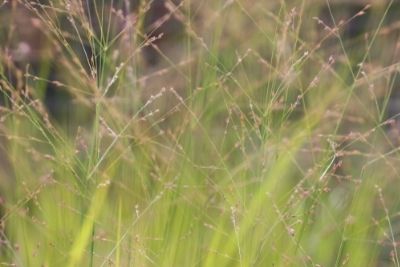
Chrissie Segars, Ph.D.-Turfgrass specialist and professor at Texas A&M AgriLife Extension in Dallas
In our continuing series of articles on lawn care maintenance, we asked Chrissie Segars, a Ph.D. turfgrass specialist and professor at Texas A&M AgriLife Extension in Dallas, to give us her expertise to help homeowners have a healthy lawn. In this Q&A transcript, we asked Chrissie some common myths that people have about lawn care, as well as mistakes people make when working on their lawn and landscape.
Here is that transcript:
What is the most common mistake you see people make?
Over-watering would be number one. Homeowners think more water is best. That is not true. Our grasses actually need a lot less water than we think. So, watering too much is a big mistake.
And watering at inappropriate times can actually help diseases come out.
A common mistake regarding weed control is using weed-and-feed at inappropriate times of the year. 
A weed-and-feed is a combination of a herbicide to prevent weed, a pre-emergent, mixed with some kind of fertilizer. These products are heavily marketed to the average homeowner. It is not always an appropriate timeto use those products.
Another thing is the fertilizer in those products may not be something that you need to use; it should be based on your soil structure, your phosphorus and potassium content. Weed- and-feeds usually come with a complete fertilizer where the plant doesn’t need it, or if you don’t put it down at the appropriate time, you simplylose it to the environment to runoff.
I’ve seen people use weed-and-feeds very successfully and I’ve seen people ruin their lawns with them.
Another common mistake is homeowners not reading the labels on the herbicides that they use and they make mis-applications.
Whether it’s, ‘Oh no, I put too much 2,4-D down on my St. Augustine at the wrong rate and now my grass iszapped, is there anything I can do?’ the answer is: Not at this point.
Another thing is – and I’ve seen this a lot in the last year – the hose-in sprayers you can get with bottles that you can mix and hook up to your hose: when you do that with certain chemicals, especially concentrated versions, you have no idea how much to put in there. So, people put too many times the amount of herbicideneeded and completely burn their lawn.
I think that comes from a lack of education or reading a label and understanding what type of equipment youshould be using for certain applications of herbicide. That’s a big mistake.
A lot of homeowners will call me and all they need to do is read the label.
What are some myths?
People say, ‘If I let my turf grass grow and get seed heads, then I can mow them off and they’ll grow. I can help myself. I can reseed my lawn just with my seed heads.’ That probably comes from folks like me saying, ‘Hey, if you let your seed heads grow too high, then it can potentially contaminate your lawn or the neighbor’s lawn.’
But in reality, seed heads need time to mature; they would need to be on that stem for several months before they could germinate. So, seed heads that produce in the spring won’t technically germinate if they are mowed off. They’ve really got to be more mature. 
People will call and say, ‘I fill in my bare spots with the seed heads from my lawn.’ That’s not true. The seeds have to have time to mature.
Another myth is that folks think that organic-based chemicals like acidic acid are much safer than the synthetic versions.
U.S. Environmental Protection Agency (EPA) requires a signal word on most pesticide product labels.
They don’t understand that the signal word on glyphosate is caution, where the signal word on acidic acid is danger. [The U.S. Environmental Protection Agency EPA requires a signal word on most pesticide product labels.] So, it is much more dangerous to your skin; it can burn you very easily.
We always tell homeowners: just because it’s organic doesn’t mean it’s safe. That’s a very common myth.
Another myth: when you have heavy clays and compacted soils, people think gypsum can help de-compacttheir soil.
That is not true.
Gypsum is a product that can help improve soil structure in soils that contain high amounts of sodium. In those soils, yes, applying gypsum will help. But that’s it. if you don’t have soils that are high in sodium, then gypsum is not going to help de-compact your soil.

